Now that COVID-19 pandemic has arrived, we are acutely trying to delay contagion such as social distancing. Some of us have tested positive, many have recovered but some have succumbed from the infection.
This virulent germ exerts its effects on its human beings in all corners of the world. We currently have limited knowledge on this condition and despite the will to do good, a learning mode is in place, and mistakes are inevitable.
We need to do everything we can to avoid acute damage, for example by finding methods to understand the behaviour of the virus, and real-time epidemiology is helping us a great deal to monitor the evolution of the condition. The goal now is not to avoid the virus, but to mitigate its effects whenever possible to avoid overburdening the healthcare system with an avalanche of infected patients, a proportion of which will end up in the Intensive Care Unit.
On the longer run, research on the coronavirus will enable to transform our hypothetical knowledge evolving from associations to establishing causation (link):
-Epidemiology is the first step. Let’s recall that cholera was thought to be airborne. It is only during the cholera epidemic of 1854 that Dr J. Snow started gathering data from local inhabitants, and learnt that all affected individuals were all draining water from the same water pump. He then persuaded the local parish to remove the pump handle and charted the disappearing outbreaks in clusters around the Broad street pump.
-We then turn to clinical and laboratory science and thankfully in the case of COVID-19 we quickly identified that the source is a virus and it was quickly sequenced to create a diagnosis test and to start searching for a vaccine. (a lot faster than for finding the bacterium Vibrio Cholerae as being the cause of Cholera). In this context, a lot still needs to be understood:
-How does contagiosity operate exactly (how long and far does the organism survive) ?
-Is an infection unique or can it reappear in the future ?
-What are the long-term effects (such as for chicken pox and shingles) ?
-What is the structure and how can we elaborate a vaccine ?
At this time, you probably have guessed that it is not IF a solution can be found, but WHEN….so TIME is what we need. Until then we must learn to live with a threat and some countries such as Japan have a long experience of:
-earthquakes (lying on the junction of 4 tectonic plates: North American, Eurasian, Pacific, Filipino).
-tsunamis: a consequence of epicentres away from the coast.
-volcanic eruptions: Japan lies on the Ring of fire (limits of the Pacific ocean).
-typhoons.
-fires: in the past fires were legion as houses were made of wood. (example destruction of Tokyo in the 1923 earthquake)
Despite all of these calamaties this country has recovered and thrived, learning to live under a constant threat of destruction. (prevention programs from young age, drills, evacuation models). These strategies have been elaborated in periods of calm with a “posed mindset”, inculcating enough knowledge to whether storms…but this doesn’t mean the fears disappear.
With this in mind epidemics have occurred in the past and the experience learnt from them has enabled to reach robust models which can be applied in the current context. Sources come from epidemics where a lots of data is available: SARS (Severe Acute Respiratory Syndrome) in 2003, MERS (Middle East respiratory syndrome) in 2012 and the most recent Ebola outbreak (2019 in DRC). This data has been used to develop the initial Real-time epidemiology models.
SARS is probably the most useful even though there are differences in epidemiological behaviour. SARS was less contagious but more lethal and to my recollection affected 8000 individuals, essentially limited to South-East Asia.
This coronavirus is much more contagious and less lethal. It has already affected (time of publication) more than a million and a half individuals worldwide. The protracted duration and obvious difference means that before we find causality, models need to be adapted to keep associations relevant (not unlike the yearly flu epidemic); “past results is not a guarantee for future performance.” The epidemiological understanding of them enables us to elaborate relevant real-time strategies.
For COVID-19, three levels of strategy are imaginable. Their components are non exhaustive but here are a few ideas (you are most welcome to comment !) :
–Primary prevention: Avoiding to catch the infection.
- Handwashing, Social distancing, Mask wearing
- Vaccination (not available in the immediate future at the time of publication)
–Secondary prevention: aims to soften the impact of an illness which has already occurred.
- Impact on the affected individual: Treatments (Cholorquine ? Antivirals ? Studies are currently underway at the time of publication)
- Outbreak control: reduce the potential impact on Society by quarantining individuals having been in contact potentially infected (positively or negatively tested)
–Tertiary prevention: aims to soften the impact of an ongoing illness or injury that has lasting effects. We don’t have experience of this, and time will tell.
I will just conclude that we can learn from the philosophy of the past, apply together existing knowledge and apply innovative and effective ways of improving scientific tools, for the benefit of the whole of mankind, it’s a fight between human beings on one side and an aggressive virus on the other.
‘Those who do not learn history are doomed to repeat it.” (Spanish philosopher George Santayana)







